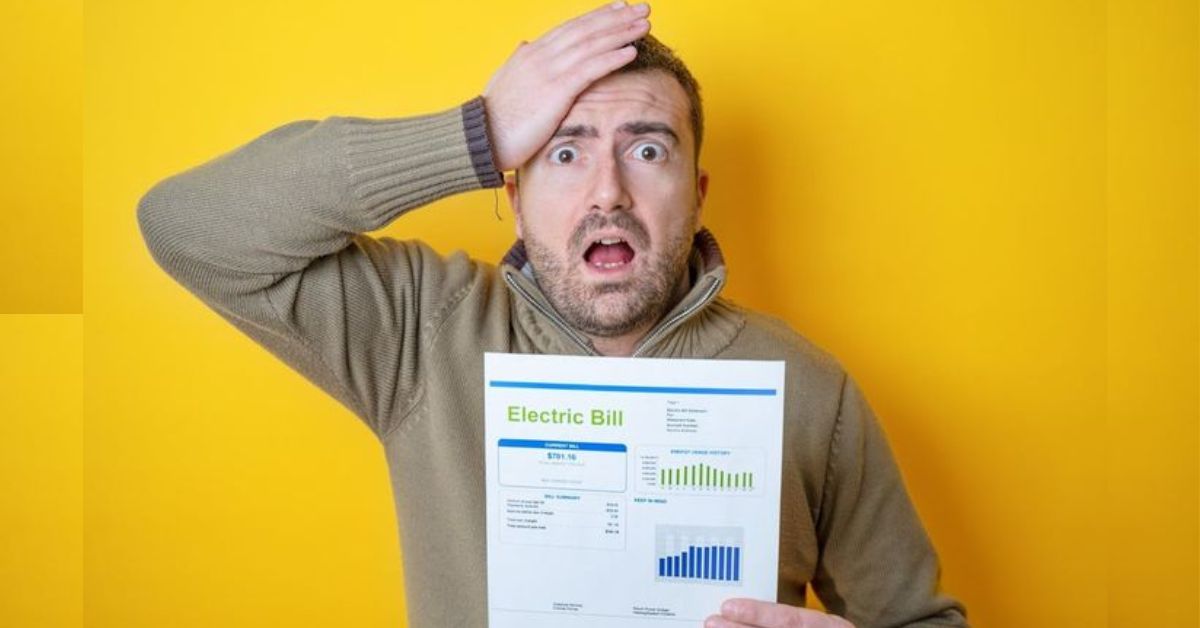On August 1, 2025, U.S. President Donald Trump announced a comprehensive set of tariffs affecting imports from over 60 countries, marking a significant shift in U.S. trade policy. The new measures, set to take effect on August 7, 2025, include a baseline 10% tariff on most trading partners and higher rates for specific nations, such as 35% on Canada and 50% on Brazil. These tariffs aim to address persistent U.S. trade deficits and promote domestic manufacturing, though they have sparked concerns about economic repercussions both domestically and globally.
Overview of the New Tariff Structure
The latest tariff announcements build on President Trump’s campaign promise to prioritize American economic interests through protective trade measures. According to Reuters, the executive order signed on July 31, 2025, establishes a tiered tariff system, with rates ranging from 10% to 41% depending on the trading partner. The policy includes a universal 10% tariff on countries with which the U.S. has a trade surplus, while higher “reciprocal” tariffs target nations deemed to have unbalanced trade practices.
The tariffs are authorized under the International Emergency Economic Powers Act (IEEPA), with the administration citing trade deficits as a national emergency. However, a May 2025 ruling by the U.S. Court of International Trade declared certain IEEPA-based tariffs, including those related to fentanyl, unconstitutional, though they remain in effect pending appeal.
Key Tariff Rates and Affected Countries
The new tariff rates vary significantly by country, reflecting both economic and geopolitical considerations:
- Canada: A 35% tariff on non-USMCA goods, up from 25%, effective August 1, 2025.
- Brazil: A 50% tariff on all goods, effective August 7, 2025, amid criticisms of trade practices and political issues.
- European Union: A 15% tariff on most goods, reduced from a proposed 30%, following a trade agreement.
- Japan and South Korea: Both face 15% tariffs, down from previously threatened rates of 24% and 25%, respectively.
- Taiwan: A 20% tariff, reduced from 32%, effective August 7, 2025.
- Myanmar and Laos: Among the highest rates at 40% and 41%, respectively.
These rates follow negotiations with several trading partners, with some securing lower tariffs through trade agreements. For instance, the EU and Japan finalized deals to avoid higher levies, while Canada’s failure to reach an agreement led to the increased 35% rate.
Sector-Specific Tariffs
In addition to country-specific tariffs, the administration has imposed targeted levies on key industries under Section 232 of the Trade Expansion Act of 1962. These include:
- Steel and Aluminum: 50% tariffs on imports from most countries.
- Automobiles and Auto Parts: 25% tariffs, effective April 2, 2025, significantly impacting exporters like Germany.
- Copper: 50% tariffs on semi-finished copper products, effective August 1, 2025.
Exemptions apply to certain goods, such as pharmaceuticals, semiconductors, and lumber, as outlined in the executive order’s Annex II. Additional investigations into polysilicon and unmanned aircraft systems are underway, which could lead to further tariffs by late 2025.
Exemptions apply to certain goods, such as pharmaceuticals, semiconductors, and lumber, as outlined in the executive order’s Annex II. Additional investigations into polysilicon and unmanned aircraft systems are underway, which could lead to further tariffs by late 2025.
Economic and Consumer Impact
The tariffs are projected to generate significant revenue, with J.P. Morgan estimating nearly $400 billion, equivalent to 1.3% of U.S. GDP. However, they are also expected to increase consumer prices. The Budget Lab at Yale estimates a 1.8% rise in U.S. prices, translating to an average household cost of $2,400 annually. Sectors like automobiles, pharmaceuticals, and beverages are likely to see price hikes as importers pass on costs.
According to The Guardian, while the administration argues that tariffs will boost domestic manufacturing, critics warn that higher costs could reduce consumer purchasing power and slow economic growth. J.P. Morgan analysts predict a potential contraction in real consumer spending in mid-2025 due to reduced disposable income.
Retaliatory Measures by Trading Partners
Several countries have responded with retaliatory tariffs, escalating global trade tensions:
- Canada: Imposed 25% tariffs on $20 billion of U.S. goods, with plans to expand to $85 billion.
- European Union: Approved 25% retaliatory tariffs on €21 billion of U.S. imports, effective April 15, 2025.
- China: Announced retaliatory tariffs, though specifics remain undisclosed as negotiations continue.
- Brazil: Passed a Trade Reciprocity Law to counter U.S. tariffs, with ongoing talks to avoid escalation.
These retaliatory measures target U.S. exports like agricultural products and digital services, potentially impacting American businesses and farmers. The Wall Street Journal notes that the tariffs risk disrupting long-standing trade relationships, particularly with allies like Canada and the EU.
Geopolitical and Strategic Objectives
The Trump administration has framed tariffs as a tool for both economic and geopolitical leverage. The White House cites trade deficits and foreign policies, such as Canada’s recognition of Palestinian statehood, as justifications for higher rates. The tariffs also aim to counter China’s influence in regions like West Africa, with the U.S. seeking to strengthen trade ties with African nations.
The administration’s use of tariffs as a negotiation tool has yielded mixed results. While deals with the EU, Japan, and South Korea have lowered proposed rates, ongoing talks with China and Mexico face challenges, with a 90-day tariff reprieve granted to Mexico to continue negotiations.
Legal and Policy Challenges
The use of IEEPA to impose tariffs has faced legal scrutiny. In May 2025, the U.S. Court of International Trade ruled that IEEPA-based tariffs on Canada, Mexico, and China for fentanyl-related issues were unconstitutional, though enforcement continues during the appeal process. Analysts, as reported by CNN, suggest that additional tariffs may face similar legal challenges unless approved by Congress.
The administration’s frequent adjustments to tariff rates and deadlines have created uncertainty for businesses. For example, a 90-day pause on reciprocal tariffs was extended to August 1, 2025, giving countries like India additional time to negotiate. This volatility has led to accusations of inconsistent policy, though the White House defends it as a strategic negotiation tactic.
Global Economic Implications
The tariffs have raised concerns about global economic stability. The BBC reports that the average U.S. tariff rate has risen from 2.5% to 18.4% since January 2025, the highest in over a century. This shift has disrupted supply chains, with companies facing higher costs and delays. The New York Times highlights that retailers and car manufacturers are particularly affected, with potential price increases looming for consumers.
Despite these challenges, some countries have adapted by diversifying trade partners. Canada, for instance, is exploring new markets to offset losses from U.S. tariffs, while the EU’s agreement to invest $600 billion in the U.S. aims to mitigate economic fallout.
Future Outlook
The Trump administration continues to negotiate with trading partners, with potential for further tariff adjustments. The U.S. Trade Representative (USTR) is investigating Brazil’s digital trade practices, which could lead to additional levies. Meanwhile, the outcome of legal challenges to IEEPA tariffs will shape the administration’s ability to sustain its trade policy.
Businesses are bracing for higher costs, with some, like Amazon, forward-buying inventory to mitigate tariff impacts. However, uncertainty remains about long-term effects on global trade and consumer prices.
Conclusion
On August 1, 2025, President Trump announced new tariffs targeting over 60 countries, effective August 7, with rates ranging from 10% to 50%. Key trading partners like Canada (35%), Brazil (50%), and the EU (15%) face significant levies, alongside sector-specific tariffs on steel, aluminum, and autos. The policy, authorized under IEEPA, aims to address trade deficits but has sparked retaliatory tariffs and legal challenges. While generating substantial revenue, the tariffs are projected to raise consumer prices and disrupt global trade, with ongoing negotiations potentially altering future rates.
Sources & References:
- Reuters
- The Wall Street Journal
- The New York Times
- The Guardian
- BBC
- CNN
- J.P. Morgan
- ABC News
Author
-

Marcus Hale is a finance professional turned content creator who specializes in personal finance, stock market analysis, crypto trends, and smart investing strategies. Known for simplifying complex financial concepts, Marcus helps readers make confident money decisions. Whether you’re budgeting, investing, or tracking global markets, Marcus delivers timely advice with clarity and authority.







